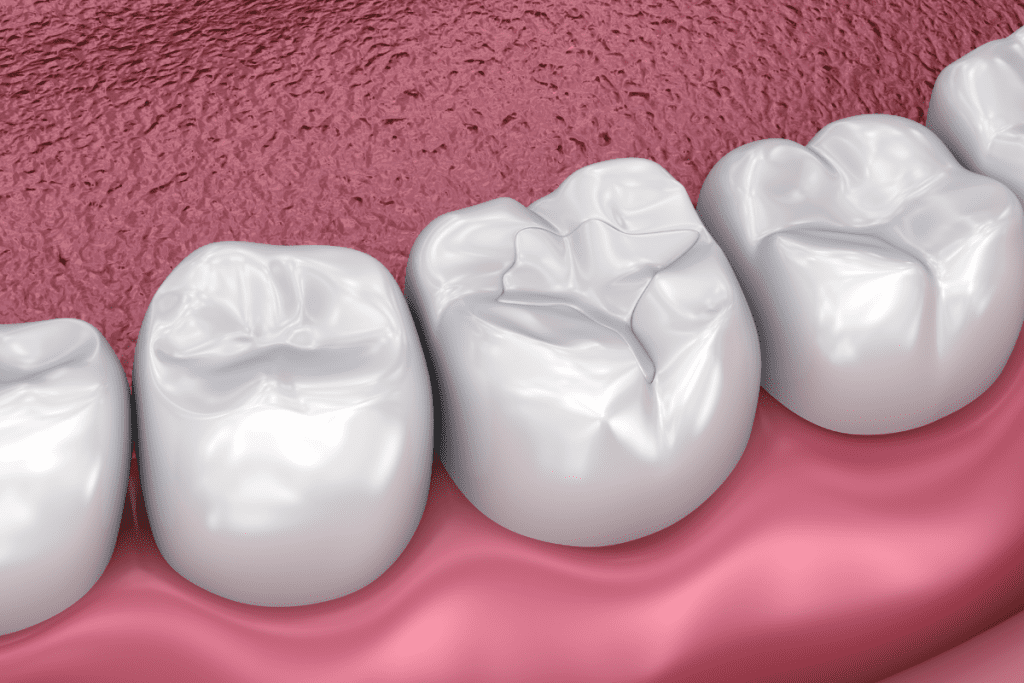Everything You Need To Know About Dental Sealants


In dentistry, dental sealants are thin plastic coatings that are painted on the chewing surfaces of back teeth (premolars and molars). They are able to protect teeth from germs and acid that damage the enamel, which prevents tooth decay. The sealant is essentially a shell that protects the enamel by forming a shell around the tooth.
The molars and premolars are located deep inside the mouth, making cleaning more difficult. The grooves between the back teeth are difficult to clean with a toothbrush and floss. The teeth are close together, making it difficult for brushing bristles to reach and remove food debris. Because of these factors, acid and bacteria destroy molars and premolars. Bacteria thrive on them, eventually eating away at the enamel and producing cavities.

Anyone with permanent teeth and premolars should use sealants. Back teeth with deep grooves and depressions are more susceptible to deteriorate and develop cavities. Sealants are therefore advised for teenagers and children. Adults who have never had any dental problems with their molars may also benefit from dental sealants.
Sealants should be applied as soon as the premolars and permanent molars emerge, according to the eugene kids dentist. This helps to safeguard the teeth of children as young as six years old.
Children under the age of six may require dental sealants in uncommon situations. Sealants may be recommended by a dentist if a child’s teeth have deep grooves and depressions. This is because baby teeth are crucial in establishing proper spacing when permanent teeth emerge.
If the process of applying sealant is painful, parents may be concerned. It is, on the contrary, painless and straightforward. It simply takes a few minutes to complete the process. The dentist begins by extensively cleaning the teeth’s surface with a revolving brush and powerful fluoride. All dirt lodged between teeth should be removed throughout the cleaning process.
After that, the teeth are washed with clean water to remove any remaining material. Then they’re dried. The dentist next applies an acidic solution to the tooth’s surface for a few seconds before rinsing it. To establish a bonding surface for the sealant, this solution should roughen up the chewing surfaces.
Once the tooth has dried, the sealant is put in a liquid state to the tooth and allowed to cure until it hardens. A special light is sometimes utilised to speed up the sealant’s hardening process. The dental sealant hardens into a firm yet thin plastic covering that covers all of the targeted teeth separately. You may resume normal chewing with the tooth.
Dental sealants have been around since the 1970s, and because to advances in technology and research, they have continued to develop. Today, a sealant’s full effectiveness can last up to ten years. They do, however, require frequent checks for chips or wear. Your dentist may decide to replace the sealant if it becomes necessary.
Even after the dental sealants are applied, you should brush and floss your teeth as usual. This helps to protect surfaces that have been left exposed by the sealants. Dental sealants are only precautionary measures, thus good dental hygiene should be maintained. Check with your Quest Dental, Eugene Oregon to see if dental sealants are right for you.
We look forward to meeting you. Call 541-688-7278 or request an appointment online to set up your first visit. We’ll be in touch soon.